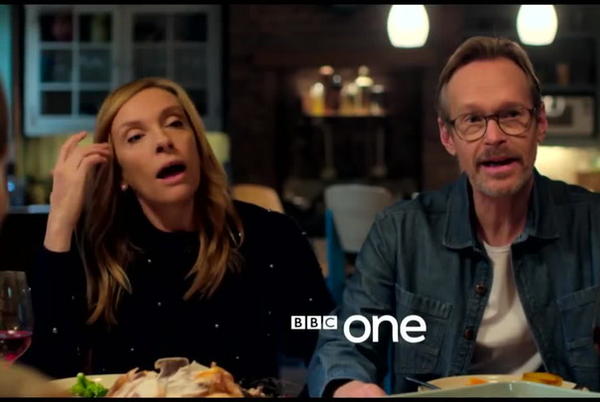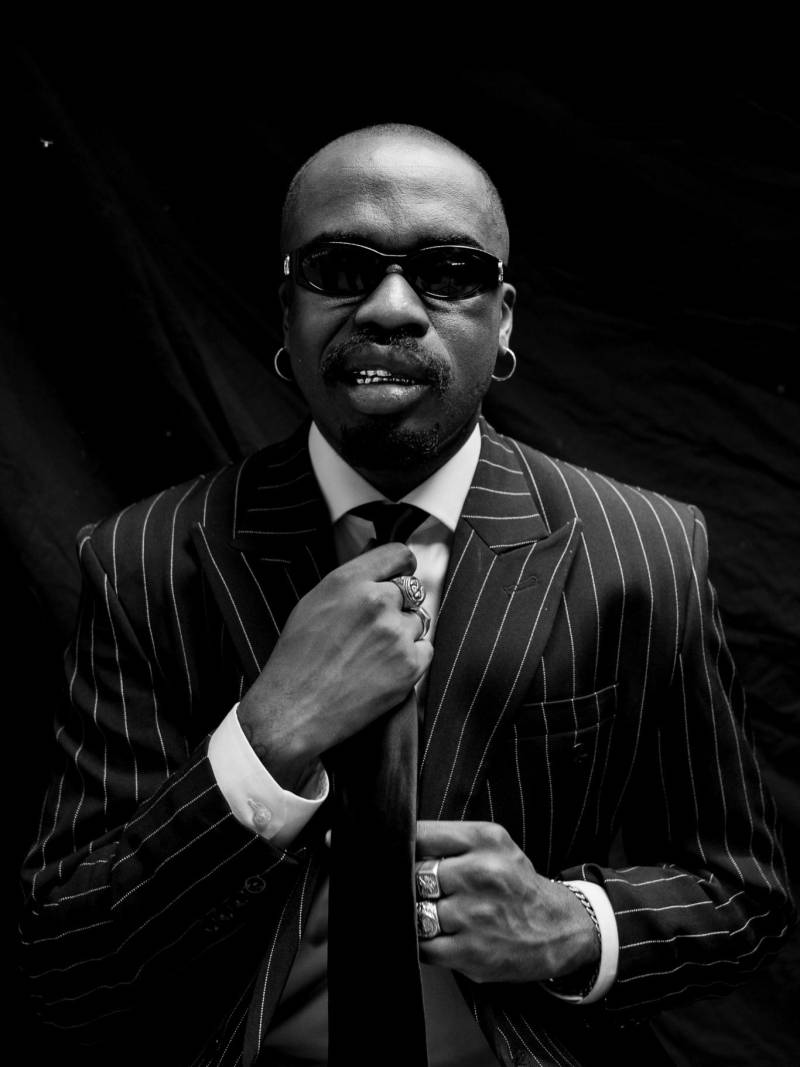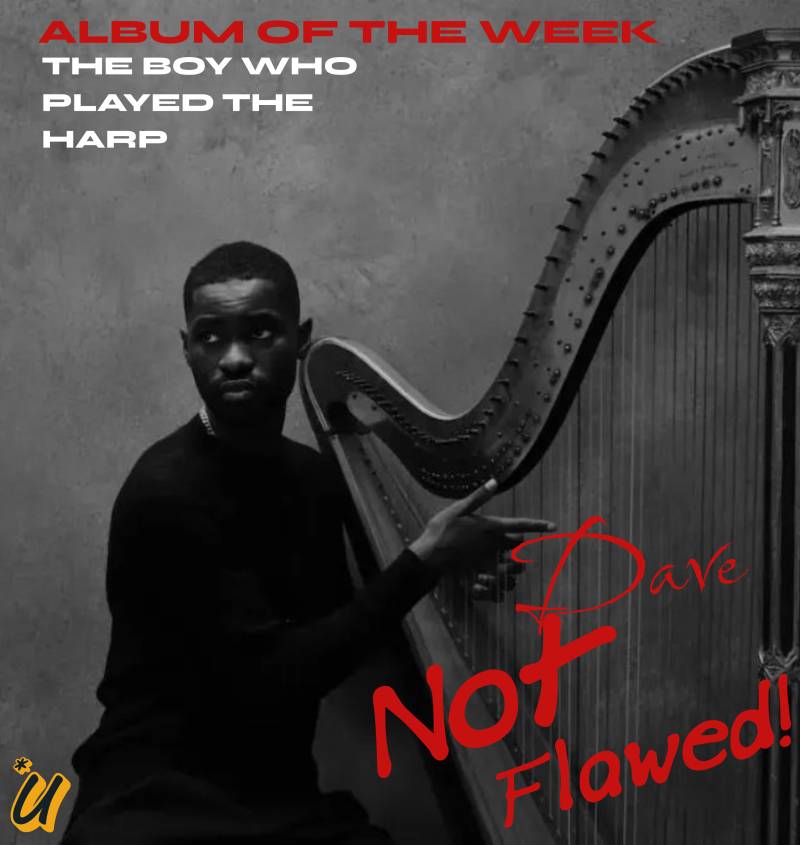What makes a TV show British? Former media minister John Whittingdale had some ideas when he recently announced government plans to require UK public service broadcasters to produce “distinctly British” programmes. Speaking at the Royal Television Society convention in Cambridge he noted:
Britishness is, of course, a nebulous concept. It means different things to each and every one of us in this room. And yet we all know it when we see it on our screens. The sort of things we’ve all grown up with. Only Fools and Horses, Dad’s Army, Carry On. More recently, The Great British Bake Off and Line of Duty.
While such shows undoubtedly have an enduring appeal, Whittingdale’s announcement, whether intentionally or not, situated the government’s vision for entertainment firmly within the current culture wars. His assumption of a common “we” represented by and enjoying these shows is, arguably, where the problem begins.
The programmes that Whittingdale references speak for a Britain that is distinctly white, male, able-bodied and English. If, as Whittingdale insisted in his speech, “our national identity relies on the culture industries”, it is important to see why such attempts to define and control the UK’s identity are sinister and to know who is erased in this vision of “Britishness”.
Read news coverage based on evidence, not tweets
In the last two years alone, British television has showcased serials that speak to a more modern Britain. The astounding We Are Lady Parts, directed and produced by Nida Manzoor, was a riot, pushing front and centre a varied group of Muslim women being themselves. Russell T Davies’s It’s A Sin told the story of gay men’s experience of AIDS in the 1980s with such joy, power and political punch, that it amassed 19 million views on the streaming platform All 4.
Michaela Coel’s Emmy winning I May Destroy You broke the mould, with Guardian Journalist Lucy Mangan proclaiming it “an extraordinary, breathtaking exploration of consent, race and millennial life that works on every level”. More recently, Sophie Willan’s semi-autobiographical sitcom Alma’s Not Normal explored the life of a newly single Bolton-born care-leaver, trying to pay her bills, get it together and support her addicted mum. The show’s humour is exuberant and deliberately immoderate, a throwback to the genius of Paul Abbott’s early Shameless.
What all these shows have in common is a diversity of real-life experience drawn on by their creators and writers to create brilliant TV. These shows aren’t drab or dreary. They are ballsy, taut, and turn audience emotions on a penny. They speak and represent in ways that feel familiar because the stories and characters are based in the real modern Britain, rather than an imagined version of it. They represent a country that is a far cry from Whittingdale’s examples.
The crisis of culture
Yet they don’t represent the typical output of the TV industry, nor most of the people who run it. The crisis of contemporary and indeed future television is not, I would argue, one of “Britishness” as Whittingdale suggests, but one of inequality and diversity. As Michaela Coel, historian and broadcaster David Olusoga and, most recently, screenwriter Jack Thorne have pointed out in their respective MacTaggart Lectures over the last three years, the one constant in the ever-innovating sphere of British television is structural exclusion: of women, of the working class, of people of colour, of the disabled.
This has been backed up by many other academic researchers, as well as my own recent study which showed that social mobility for female screenwriters in the UK is inherently different and unequal to that of their male counterparts.
As part of my recent research into television representation and UK production cultures, I interviewed those with experience of working in the screen industries. This involved collaborating with professionals from across the UK and the independent production company Candour to create a series of short films called Industry Voices.
As the research-led films show, people of colour, the disabled, women, mothers, those from working-class backgrounds and those living outside of London, do not get equal opportunities and the disadvantages are compounded if they fall into more than one of these groups. The barriers to their progress are built into the structure of the industry and, if they do get a starting break, remain throughout their careers.
Television needs more diverse voices and stories. It is crying out for it both off and on-screen. Yet the evidence shows that British television remains predominantly white, wealthy, able-bodied and male, even when those in front of the camera aren’t.
Whittingdale’s vision of and for Britain may feel like a safe one to him, but it is not reflective of the country’s present or future. Plans for a “distinctly British” quota in this mould are only likely to perpetuate the exclusion we see today.




